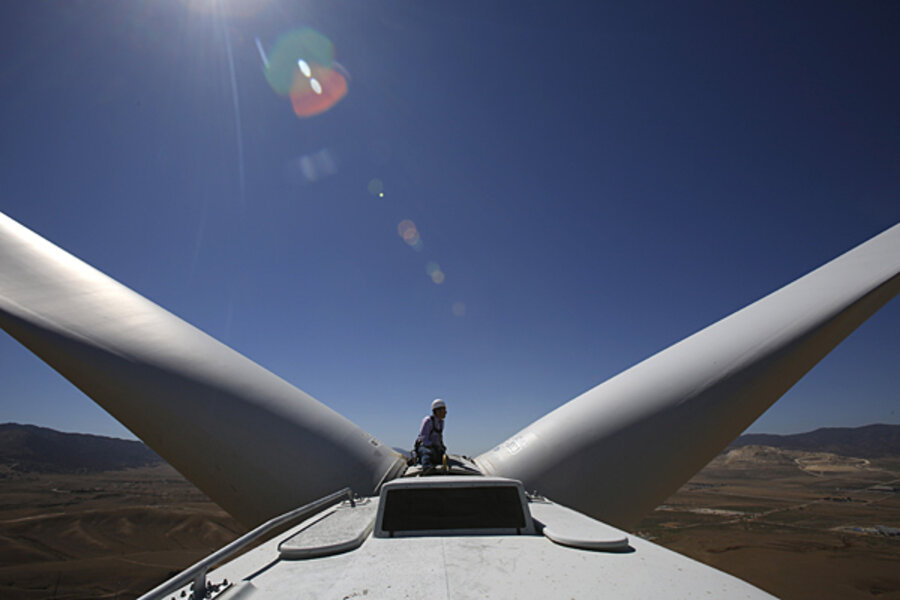Wind energy takes flight in Europe and beyond
Loading...
Energy-rich Norway said it was moving ahead with plans to install more than 1,000 megawatts of wind farms onshore. Norway, Europe's largest oil producer and the world's second largest natural gas exporter, has far less wind power on its grid than its neighbors. The country gets most of its electricity from hydroelectric power, but said it was now investing more than $3 billion in wind energy development. Its counterparts in the EU help make up one of the largest wind markets in the world. Germany energy company Siemens, however, said that's about to change.
Norway is the largest oil producer and exporter in the region and second only to Russia in terms of natural gas exports. In 2010, the country relied on oil and natural gas for half of its export revenue and more than 20 percent of gross domestic product. Norway, however, relies on hydropower for 95 percent of its electricity while other forms of renewables, like biomass and wind, are barely a blip on the nation's energy grid. The government said Monday it gave its consent for eight wind farms onshore, which will have a combined 1,300 MW capacity through $3.3 billion in investments. The concession is part of a joint effort with EU-member Sweden to put more emphasis on renewables. Europe is one of the largest wind energy markets in the world and aims for more as it pushes ahead with its low-carbon benchmarks for 2020. (Related article: Good News for Wind Turbine Manufacturers)
German energy company Siemens, however, said it expects the wind energy market to spread out from the region. China is already investing billions of dollars in wind energy. Last year, wind energy became the third-largest source of energy in China, leapfrogging nuclear energy to take its place behind coal and hydropower. In the United States, wind energy was the No. 1 source of new electricity generation in 2012, representing more than 40 percent of new additions to the grid. Last year, the United States almost doubled its wind capacity to more than 13 gigawatts. China, however, passed the United States with total installed wind energy capacity roughly three years ago.
Siemens said it expects wind power to more than quadruple to 1,107 GW by 2030. Combined, the European and Middle East regions make up about 40 percent of the current market, but the German company, a world leader in turbine manufacturing, said that share will decline to 34 percent in around 20 years because of the end of wind energy subsidies.
The U.S. Energy Department said consumption of petroleum products reached a record last year at 88.9 billion barrels per day. Declining consumption in North America was offset by demand increases from expanding Asian economies. Maria van der Hoeven, executive director of the International Energy Agency, said in April the push for renewables "has stalled," adding the world's energy sector was "basically as dirty as it was 20 years ago." With two of the world's leading economies, China and the United States, in a tat-for-tat move on wind, and with the sector fanning out from Europe, the situation could be decidedly different 20 years from now.
Original Article: http://oilprice.com/Alternative-Energy/Wind-Power/Wind-Energy-Spreading-Beyond-Europe.html







